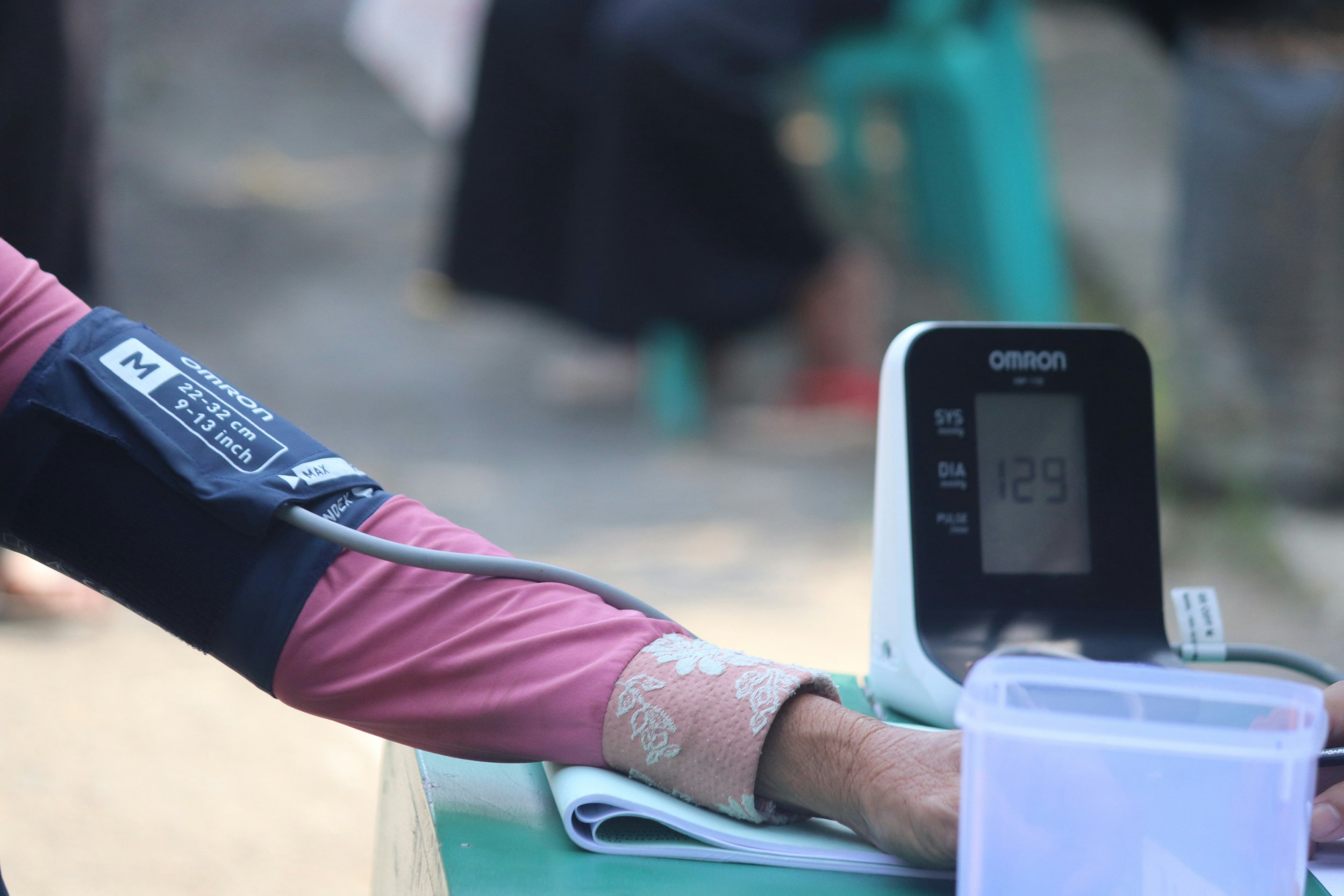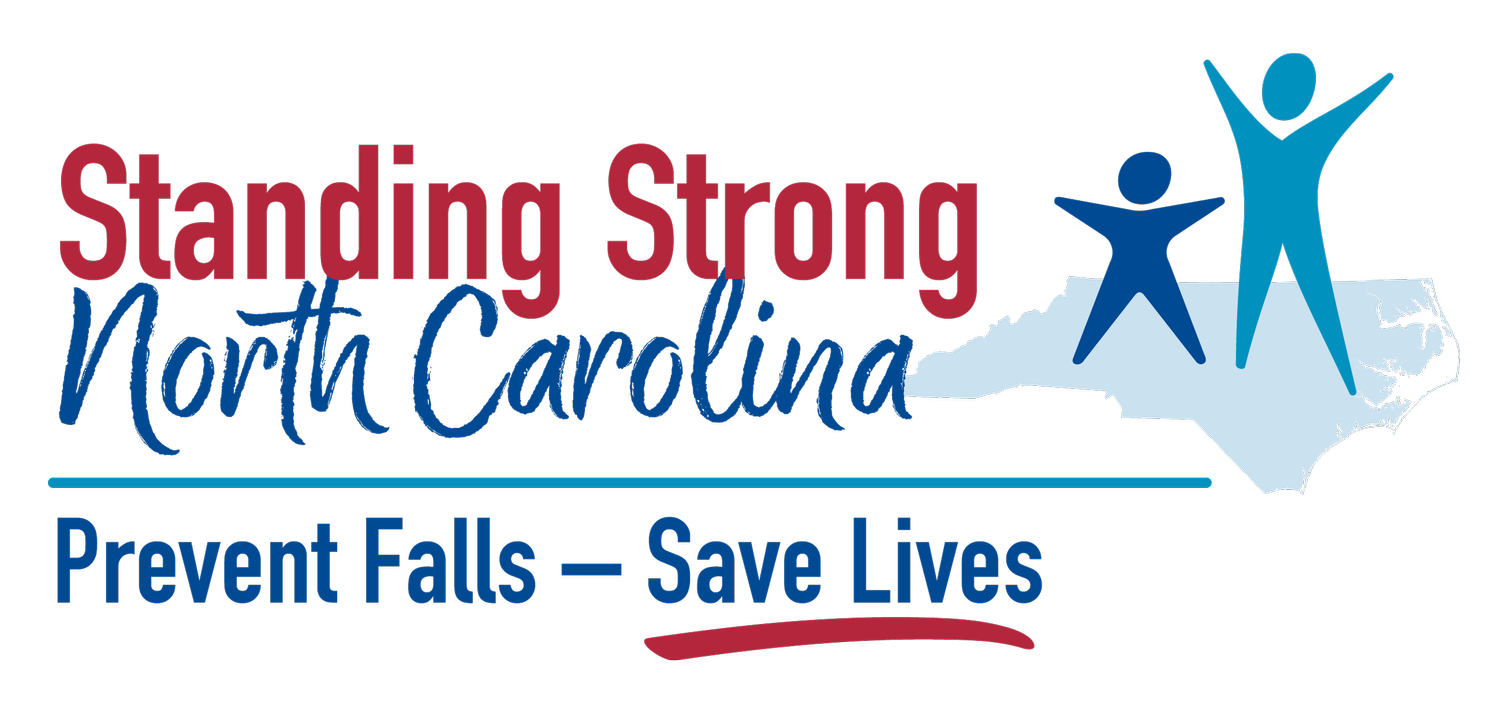
Chronic Conditions & Fall Risk
Having a chronic health condition, such as diabetes, arthritis or heart disease, could increase your risk of falling.
Want the good news? There are resources and community programs to support you in staying healthy and lowering your risk. Talk with your health care provider about your fall risk and chronic conditions. Learn about community-based health promotion programs can help you to connect with others and reduce your risk. Read on below!
What do chronic conditions and fall risk have in common?
Some common chronic health conditions include arthritis, heart disease, diabetes, and vision and hearing loss. These can lead to developing fall risk factors. For example, chronic pain or being inactive can lead to a reduced range of motion, flexibility and strength. These are all risk factors for falls. Low blood pressure, vision and hearing loss, and certain medications are also fall risk factors.
According to the National Council On Aging, two out of three participants in a fall prevention program had multiple chronic health conditions. The top three self-reported conditions are arthritis (66%), heart disease (27%), and diabetes (24%).
Let’s look at an example with arthritis.
Someone with arthritis may suffer from painful joints and movement. This pain may limit activity. Being less active can lead to less mobility and muscle weakness. Some older adults may also start to limit activity due to a fear of falling. All of these factors combined, muscle weakness, less movement, chronic pain, and a fear of falling, can increase fall risk. According to a CDC review, adults with arthritis were 2.5 times more likely to report two or more falls or have a fall-related injury compared to adults without arthritis.
So what can I do about it?
Ask your health care provider about the connection between falls and arthritis (or a different chronic condition) and how this condition and symptoms might impact your fall risk.
Ask your health care provider about any fall risk factors that can be changed or improved, and how!
Find a no-cost community-based program to support your health - keep reading below for more info!
Check out this image from the National Council on Aging. You can see the different types of arthritis, the fall risk factors linked to arthritis, and possible solutions!
Talk with your health care provider about your fall risk and chronic conditions. Find community-based health promotion programs to connect with others, reduce your risk, and feel better!
Why consider community-based programs?
There are community evidence-based health promotion programs that offer solutions to help manage chronic conditions and reduce the risk of falling. Some programs focus on creating a safe home environment and on developing the skills and support to discuss medication management and lifestyle changes with a health care provider. Others focus on physical activity.
What does “evidence-based” mean exactly for community health promotion programs?
An “evidence-based program” offers a proven way to promote health and prevent disease.
They are based on research in the community and provide documented health benefits.
The programs are designed to address specific health conditions.
Participants get to choose their own goals and track their own progress toward success.
Support and social interaction with peers who are living with ongoing health conditions is another benefit of the program.
Trained peer leaders offer guidance and support, but participants find practical solutions individually and together.
Peer leaders are trained in a specific program curriculum and often have life experience with the health condition as well.
Visit Healthy Aging NC to learn about the different programs to manage chronic conditions and to reduce the risk of falling.
Here are some examples of programs that could be helpful for our arthritis example above. Want to know one of the best parts? Many of these programs offered through your local Area Agency on Aging or Senior Center are at no cost to older adults and adults with disabilities of any age!
A Matter of Balance: If a fear of falling is keeping you from engaging in activities you really enjoy, you have had a previous fall, and/or your mobility is limited, then this is a good place to start! You can meet with others in a small group to brainstorm strategies and to start with some gentle exercise.
Walk with Ease: This program from the Arthritis Foundation is designed to help you get walking and it includes stretching and strengthening exercises, and motivational strategies as well. This can be done with a group in your community or on your own as well.
Tai Chi for Arthritis and Fall Prevention: This program was designed by Dr. Lam, who suffered from arthritis as a young man. It helps to reduce joint pain as well as increase flexibility, strength, and your awareness of how to move your body mindfully. It has many benefits for both the mind and body.
Living Healthy - Chronic Disease Self-Management Education: These programs are for people who are experiencing chronic disease, diabetes and/or chronic pain, would like to build confidence in their ability to manage the symptoms of their chronic conditions, and who want to improve overall health.
Any or all of these can be beneficial to someone with arthritis! While many modifiable risk factors for falls can be addressed through evidence-based programs, for chronic conditions that increase fall risk, it is important to seek support from your health care provider as well.
Visit this article on the National Council on Aging page and scroll down to find more handouts to learn about fall risk and other chronic conditions such as heart disease, diabetes, low vision, and more.
Visit HealthyAgingNC.com and our other NC partners to learn about the different programs to manage chronic conditions and to reduce the risk of falling.
This information is not meant as medical advice or diagnosis, nor is it meant to be a comprehensive overview of all chronic disease types, fall risk factors, solutions, or options. It is meant to encourage taking these into consideration when talking to a health care provider and choosing a community program.


